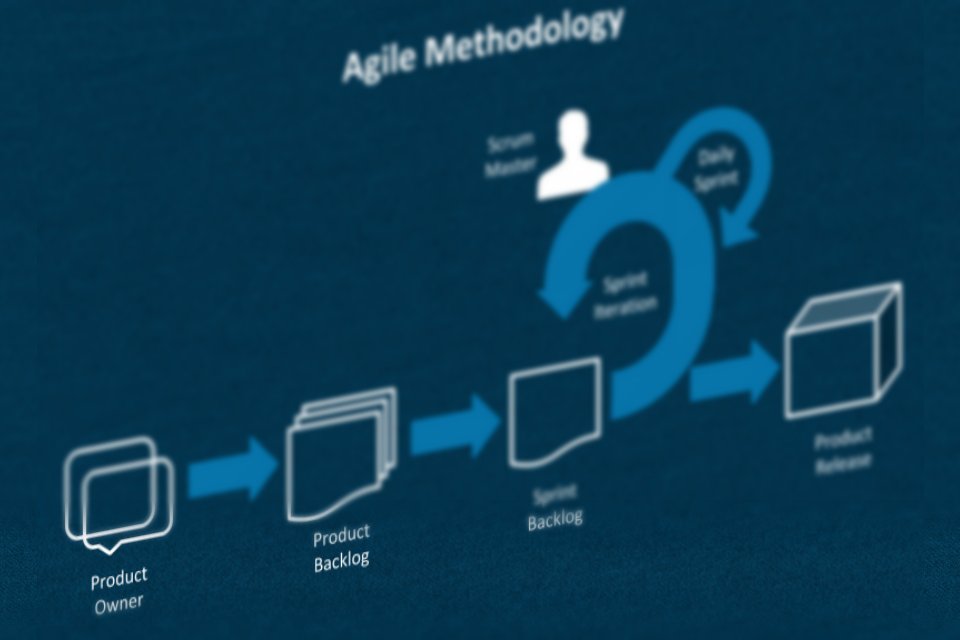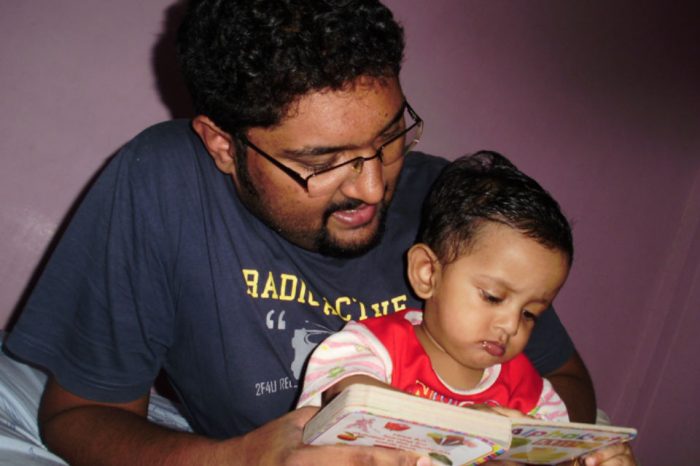Transitioning to agile development.

Transitioning to agile is not an easy task. Especially for a team that have been following the traditional approach for a long time. This requires a major shift in the mind-set in everyone involved, time investments and lots of guts and self-motivation.
Before the transition
The adoption of agile methodology starts with these preparation steps:
- Understand Agile methodology
- Find an agile coach
- Learn from how others did it
- Train and motivate the team
- Choose a project to start with
- Get the customer involved
Understand Agile methodology
Find an agile coach
Learn from how others did it
Train and motivate the team
Choose a project to start with
Get the customer involved
Adopting Agile Development
Bring the team to one room
- Continuous Integration
- TDD
- Bug tracking software
- User stories management tools
- A good coding standards
- Desktop sharing
- Video & voice calls
- Online whiteboards
- Proxy Customers
Daily stand-ups
Training and workshops
Stop and reassess whenever necessary
It is possible that things might go wrong during the initial phase of the adoption. If there are too many concerns cropping up, it is best to stop and reassess what is going wrong and fix them before proceeding.
Keep the stakeholders in the loop
Often in an agile newbie company gets too busy in the iterations and development that they loose the attention of the stakeholders and end up communicating lesser and lesser with them. It is very important that the stakeholders are frequently updated and made sure that there is a constant flow of feedback and new user stories.
Plan cool down after few iterations
There are lots of things happening during iteration and it is important to have cool-down iterations after every 3 or 4 iteration. Cool down iterations usually have lower priority stories or lower number of stories. These iterations would help the team to relax and refocus. You could also plan some team outing or training sessions in the cool down iterations.






